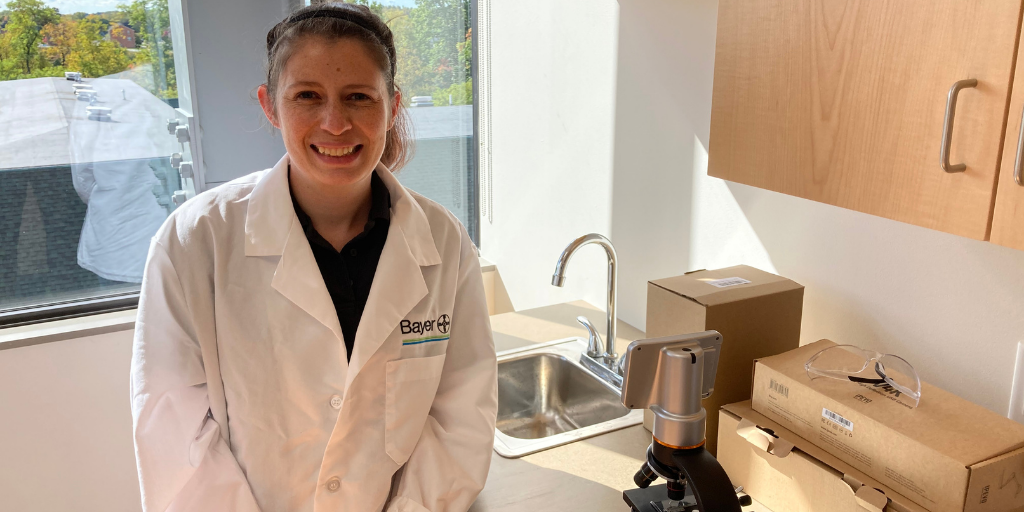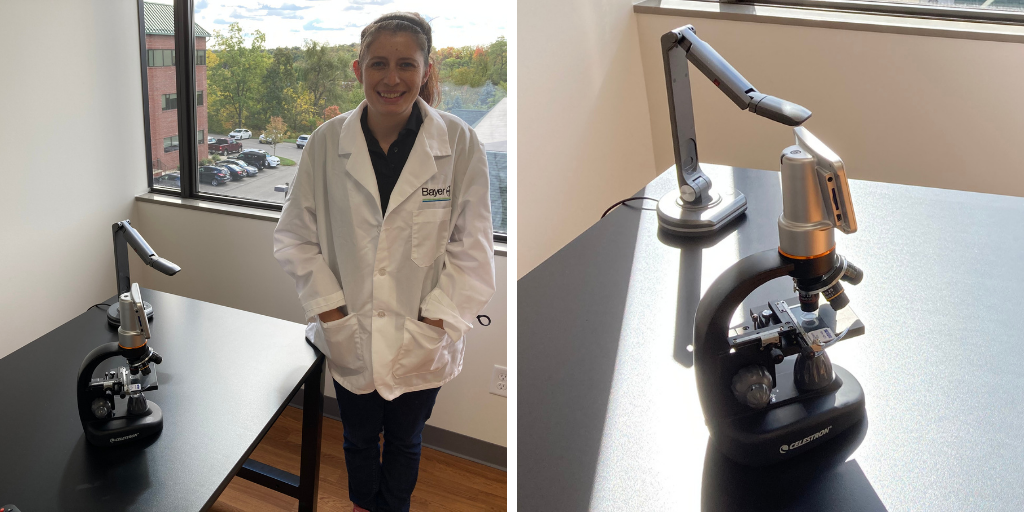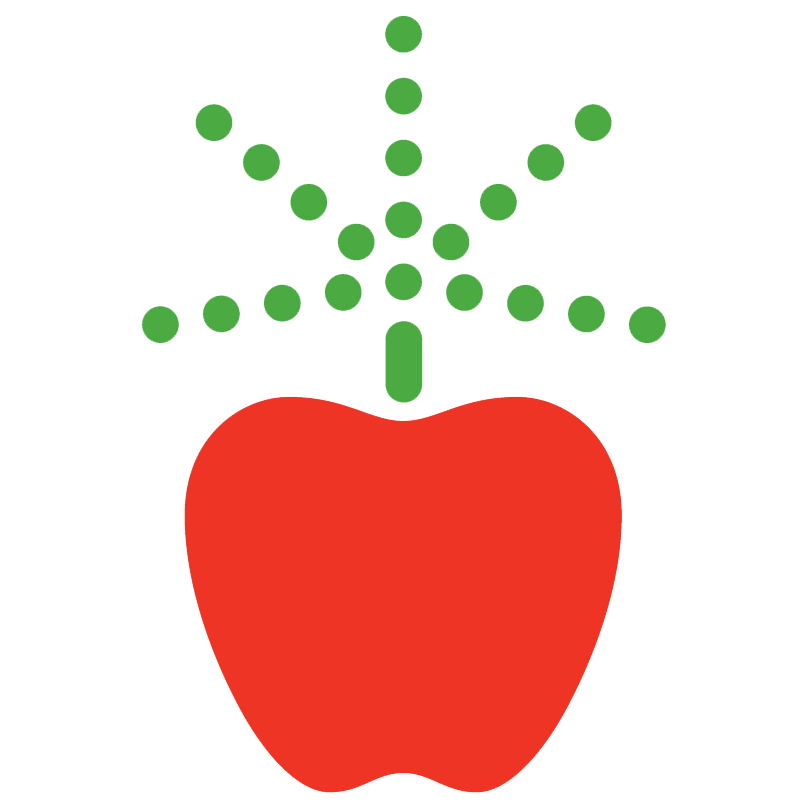
“I liked helping customers learn about the science behind what I was doing at work,” she said. “I realized that teaching was something I would enjoy doing.”
She went back to school for her M.Ed Secondary Education from Carlow University and has her 7-12 grade General Science Certification. Since graduating with her teaching degree, Mrs. Simmons has gained valuable teaching experience at a brick and mortar school where she taught a variety of science courses. She has experience with Environmental and Earth Sciences with high school students. Now in her 4th year at PA Distance, Mrs. Simmons is teaching 7th-grade Life Science.
“Life Science is all about exploring all of the living things on the planet, how they survive, the structure and functions that they have for survival, and a lot of ecology-focused topics,” she said.
“I love teaching new discoveries and new things that scientists have learned,” she added. Mrs. Simmons utilizes interactive lab software called Explore Learning for her Life Science classes. Her course heavily involves hands-on lab lessons that help her students stay engaged and interested in the topic at hand.
“Explore Learning focuses a lot on argument driven inquiry,” she said. “It also allows students to make mistakes which is how scientists learn and important discoveries are made.”
“It gives students the exact set up that they would get within an in-person lab,” she added.
Students are sent a pocket microscope so they can see objects close-up.

For example, this month, Mrs. Simmons’ 7th-grade science students explored the food web within the forest biome, specifically the diet of owls. Owls are predators and feed on small mammals, birds, and reptiles. They have an upper stomach, called the proventriculus, that digests most of the food. They also have a lower portion of their stomach, called the ventriculus or gizzards, where the bones and fur of their food that don't get digested are stored. Owls vomit these contents as “cast pellets”. In this lab, Mrs. Simmons’ students dissected the pellets (which are sanitized & are safe to handle) to determine what food the specific owl had eaten.
“My students looked at everything under the microscope to see everything better,” she said. “It’s an interesting unit and I love when they’re able to do things hands-on in their own home while virtually watching how I do it in real-time.”

In addition to the hands-on lab lessons, Mrs. Simmons also focuses on highlighting real-world science career paths to her students.
“We have an activity where we focus on the priorities that students have for their future workplace,” she said. “Students think about if they want to work from home, if they want to work with people or alone, if they like the outdoors, etc.”
To showcase real-world job examples, Mrs. Simmons invites community members to join her classes to talk about their jobs and what they do every day.
“Every year we have a Forest Ranger come in, various scientists, a National Geographic photographer, etc,” she said. “Representation is also important to highlight to show that lots of different people are scientists.”
“Even if science isn’t their passion I want them to understand the importance of science in everyday life and how it impacts everyone,” she noted. “I want them to develop an appreciation and understanding of it.”
It’s also worth noting that Mrs. Simmons is working as a science teacher at PA Distance while earning her Principal’s Certification from the California University of Pennsylvania in the evenings.
“PA Distance always supports teachers and staff to continue their education,” she said. “It’s a great environment.”


